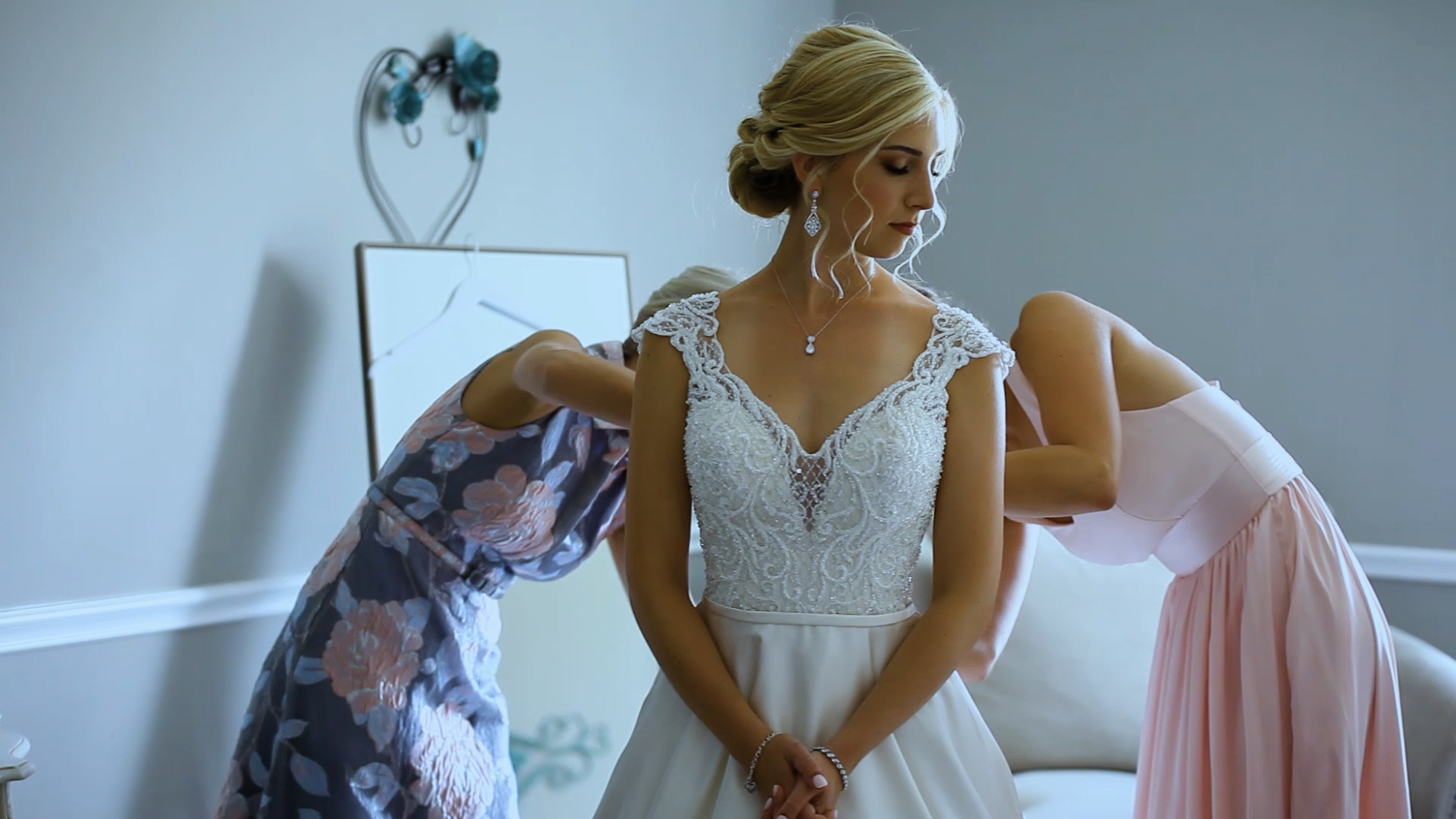Filming with auto white balance (AWB) may seem like a good idea. I mean after all, your video will look better if your camera is trying to auto correct the whites, right? If you’ve ever tried to color correct an AWB-ed video, you know that this is far from the truth.
One huge difference between shooting a photo or video with AWB, is that with video, your camera is going to constantly be trying to correct what it sees. For example, let’s say your shooting a wedding ceremony. (It doesn’t matter if you’re inside or outside because the effect will be the same.) Your off to the side, your camera is on a tripod, and the bride starts to walk down the aisle. If the AWB is on, as you move your camera to follow the bride, your camera will be adjusted for every single frame and will change the color accordingly. So in some places you may see an increase in the oranges, or a dip in the blues.
The same thing can even happen when you’re shooting an interview style video. The change in color may not be as drastic, but when your subject moves in their seat, the light will hit them differently. This will again cause your camera to calibrate for the whites if the AWB is on. You may think that you had a good day of shooting, until you open up your videos in post and start editing. Fixing the color in AWB clips is quite time consuming and difficult. Instead of color correcting the clip as a whole, you’ll have to break up the clip into smaller fragments – sometimes frame by frame – and adjust the color, making sure the color looks consistent throughout. Talk about a post production nightmare.
Here you can see an example of the effects of AWB in video:
From the video you can see the rapid change in color throughout the scene. Now imagine that happening multiple times in your video as the bride says her vows. Or when the best man gives a toast. Or while you shoot b-roll for your client’s interview.
In case you’re wondering, yes, EditSmart has experience with correcting AWB footage. It’s definitely possible to get a decent result from AWB-ed clips. But the video will look much better if no AWB was used to begin with. Not having to fix AWB footage will also allow for a faster turnaround. Manually adjusting your white balance can give you great looking colors and keep those colors consistent.
To help get a good white balance, some videographers like to use a gray or white card. There are those who even like to use a black, gray, and white card all together. These can be purchased at a small enough size that they even fit in your pocket. Using some kind of white balancing card is helpful for a couple of reasons:
1. You can initially use them to manually set your white balance before filming a scene.
2. They are also handy in post-production. If you create a mask layer so you can only see your cards, you can then use the RGB curves to get the perfect white balance. You can see how to do this in the following video:
Perhaps you’ve found a time when using your AWB was helpful. If so, that’s great! We’re not asking you to change something that’s working for you. However, based on the videos we’ve edited and the ones we’ve ‘saved’ we wanted to share this insight. While auto white balance may seem like it would help, manually setting your white balance will set you up for much better results.
